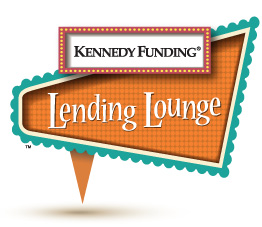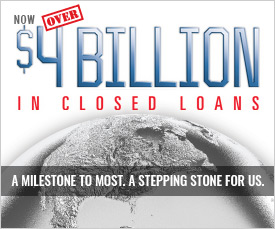
Economic cycles, particularly those involving specific industry sectors and/or natural resources, can have a broad impact. How does that effect our lending tactics on commercial real estate? The reality is that we lend on commercial real estate and land, not on natural resources. The fact is, we recently provided funding for real estate assets in three transactions in the oil-rich Bakken region of North Dakota and Montana.
Yes, oil can be cyclical, but the price of oil doesn’t have a bearing—what’s important is the value of the real estate. We will lend on land anywhere from 50% loan-to-value, stretching to 55% for income-producing property, and as high as 60% or 65% if the situation warrants.
In reality, from what we’ve seen, land values have held up well despite the cycles. In the Bakken region, the demand for oil has remained steady and, as a result, more people have been moving to the region, and North Dakota in particular, because of the demand for workers. And crude oil prices are up approximately 50% from their recent lows, which is encouraging for the continued growth of the workforce and the demand for housing.
What impact would a downswing have? That remains to be seen, but we’re confident because we completed two of those loans when the price of oil was actually higher than it is today. The reality is that the borrowers, in both cases, have clearly indicated that the ongoing value of the land is much what it was when the appraisals were initially completed despite the downswing. The same holds true for the third and most recent Bakken transaction in Sidney, Montana.
We continue to provide funding primarily on land in the Bakken region and similar locales, although we have completed loans on income-producing assets. One example was a loan completed on a property in Watford City, North Dakota, where mobile home units manufactured in Utah were brought to the site to provide housing to meet the growing demand.
For land, zoning is a consideration in a potential transaction, although it’s not at the top of the list. We will obviously be more comfortable if the land is already zoned and has approvals in place. But we have made loans on raw land—in such cases we’re going to be 50% loan-to-value. If the land is zoned and has approvals in place, we may be able to go to 55% loan-to-value.
What do we look for then in a potential deal? Simply put, the value of the land—the value of the commercial real estate. We’re prepared to lend anywhere from 50%, stretching to 75% of that value. If any remedy is being used to improve the collateral, we are prepared to write the loan against the completed value, and the first draw would be based on what’s there today. Bottom line, it’s all about the value of the commercial real estate—the hard, tangible asset.
Returning to the Bakken, it is a relatively remote, although growing area. Lending in such a region compared to an established metropolitan area would definitely impact our pricing. For example, we made a loan in New York City that was 8% at 3 points—it was much safer real estate, a penthouse condominium. For land in a more remote area, on the other hand, it would be 50% and, in most cases, 7 points. The bottom line is that we don’t have as much flexibility on land in a remote area, but if the deal makes sense, we will pursue it aggressively.







